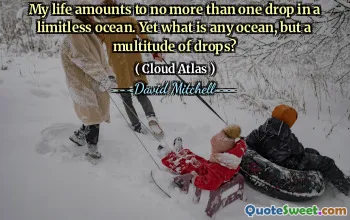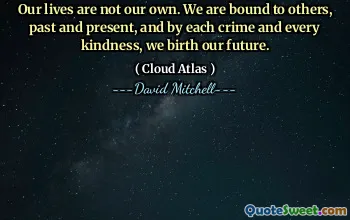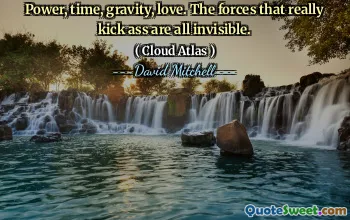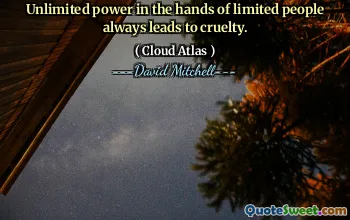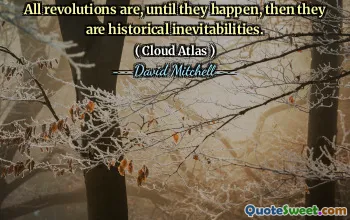
The Levantine political idea, which grew naturally among the communities of the eastern Mediterranean, was an original way of dealing with diverse tribal, village, and sectarian identities, and it inspired the Beirutis and ultimately the Lebanese to believe that they could build a modern Arab republic, melding together seventeen different Christian, Muslim, and Druse sects.
This quote vividly captures the unique and organic development of political identity in the Levantine region, particularly within Lebanon. The phrase highlights how the inhabitants of this area, historically characterized by a mosaic of tribal, religious, and ethnic groups, crafted a distinctive approach to coexistence and governance. Rather than imposing external models, these communities evolved a sui generis political culture capable of accommodating deep-seated diversity. This flexibility and resilience laid the groundwork for the aspiration to create a modern Arab republic—an ambitious vision that sought unity amid pluralism.
The enduring relevance of this idea stems from its emphasis on inclusivity and synthesis of multiple identities, which is especially pertinent in today’s context of regional and internal conflicts fueled by sectarian and tribal divides. Understanding such a historical underpinning enables us to appreciate Lebanon’s complex social fabric and its ongoing quest for stability and national identity. The notion that diverse sects—Christian, Muslim, and Druz—could coalesce into a unified political entity is testament to the region’s historical capacity for adaptation and pluralism.
Reflecting on this, one sees a blueprint for multicultural integration that transcends the often simplistic narratives of conflict. The Levantine model, born out of necessity and sensitive to local realities, challenges the Westphalian notions of homogenous nation-states and reminds us that political innovation can arise from societies living amidst profound differences. This spirit of organic diversity, creativity, and hope for unity is crucial as Lebanon and the broader Middle East navigate their future, inspired by the early examples of coexistence and republican aspiration.

